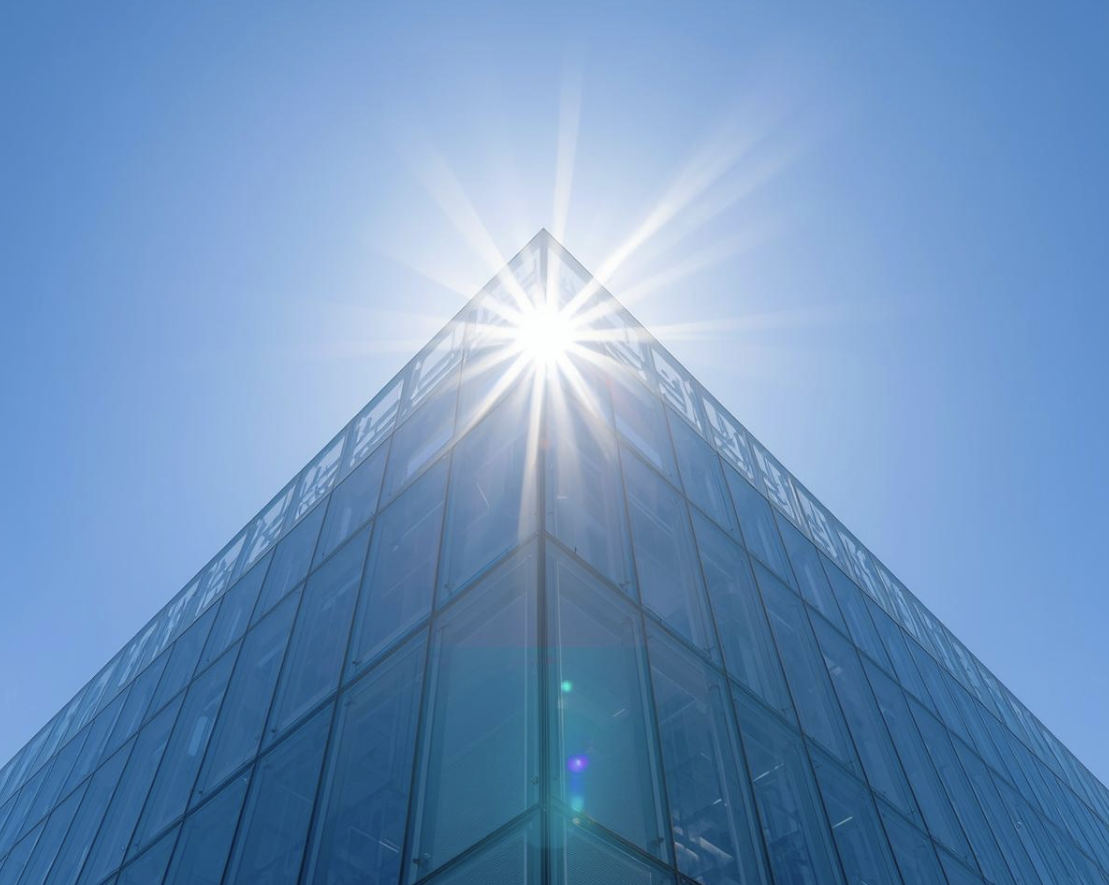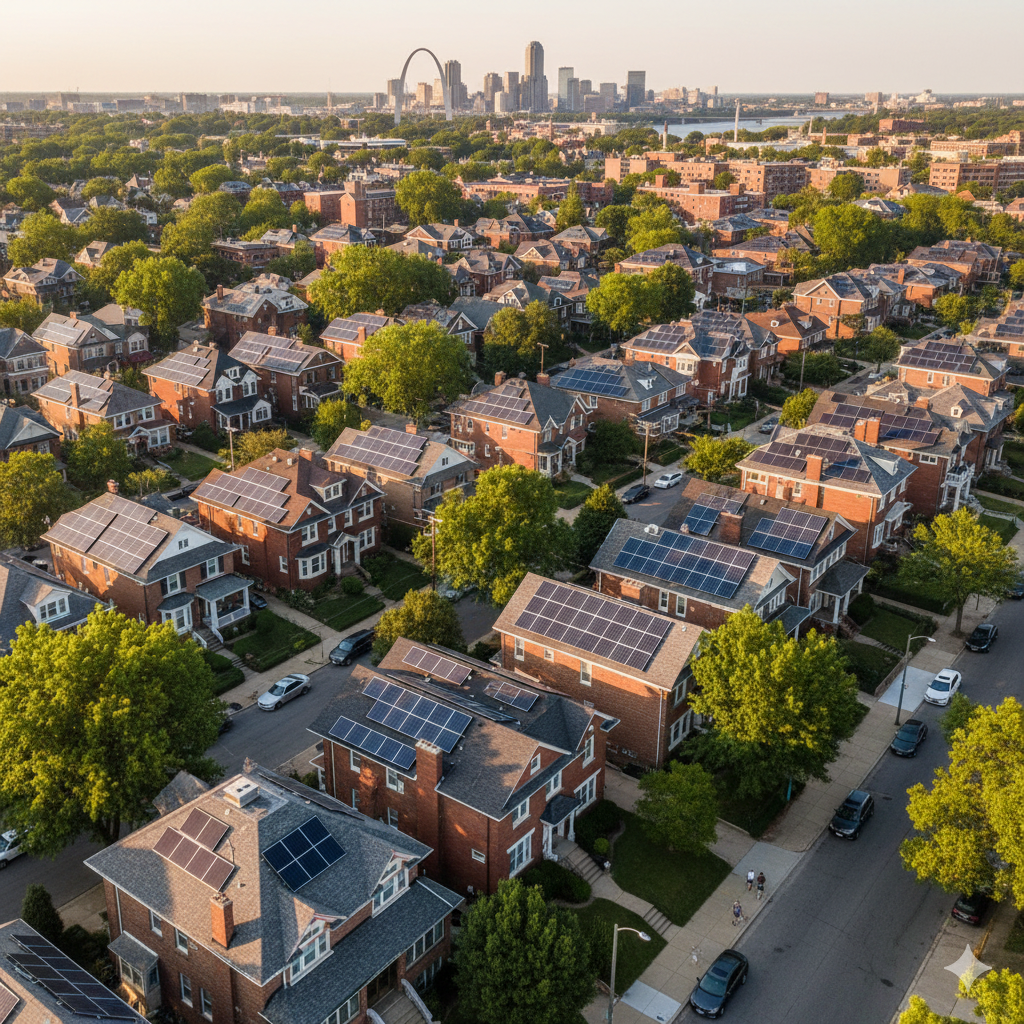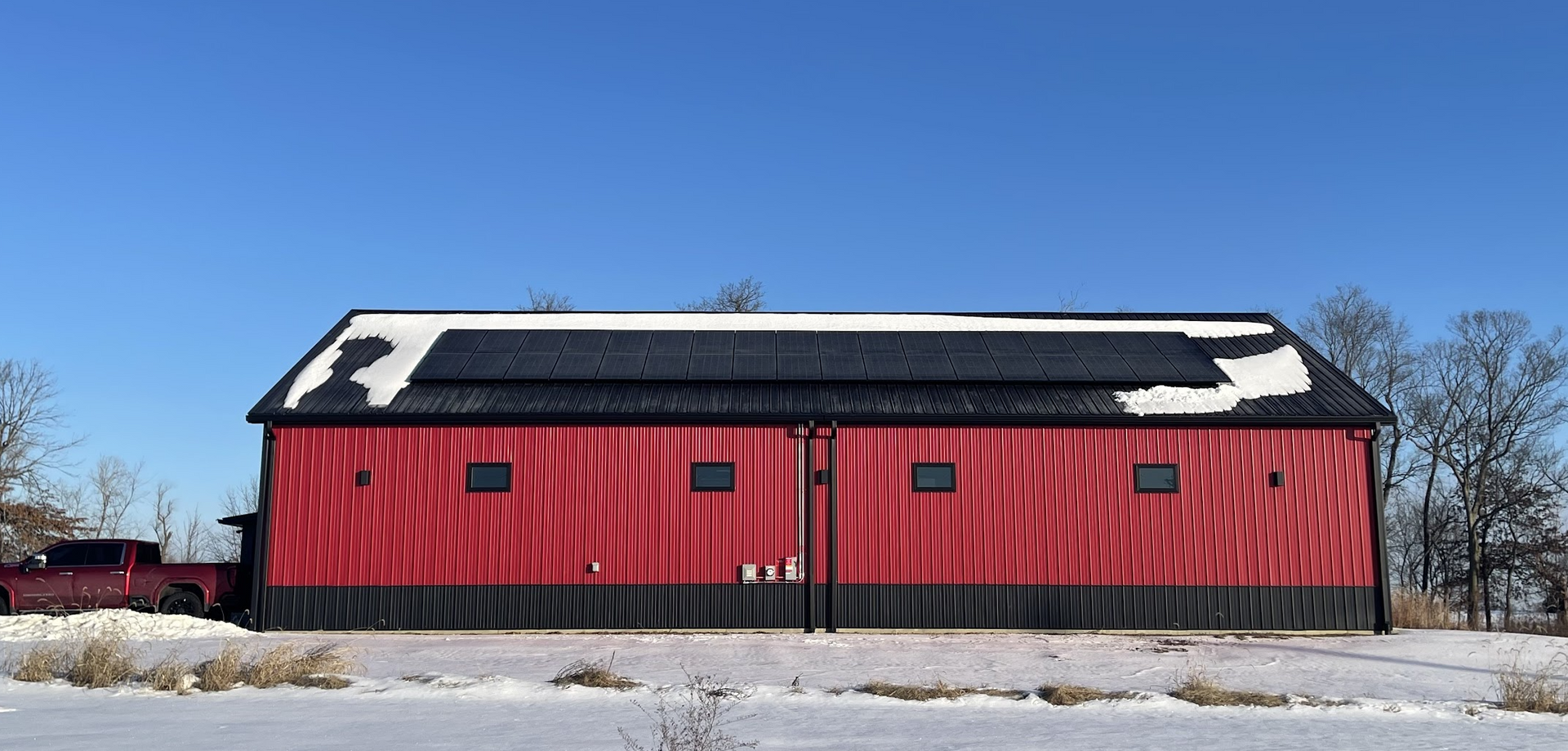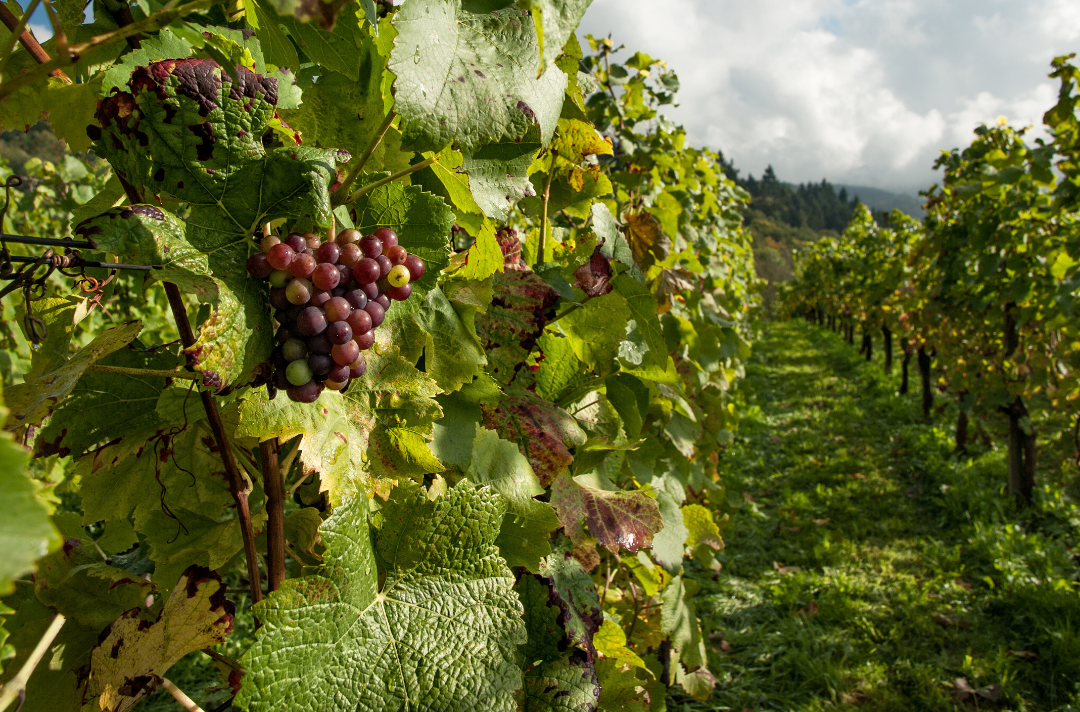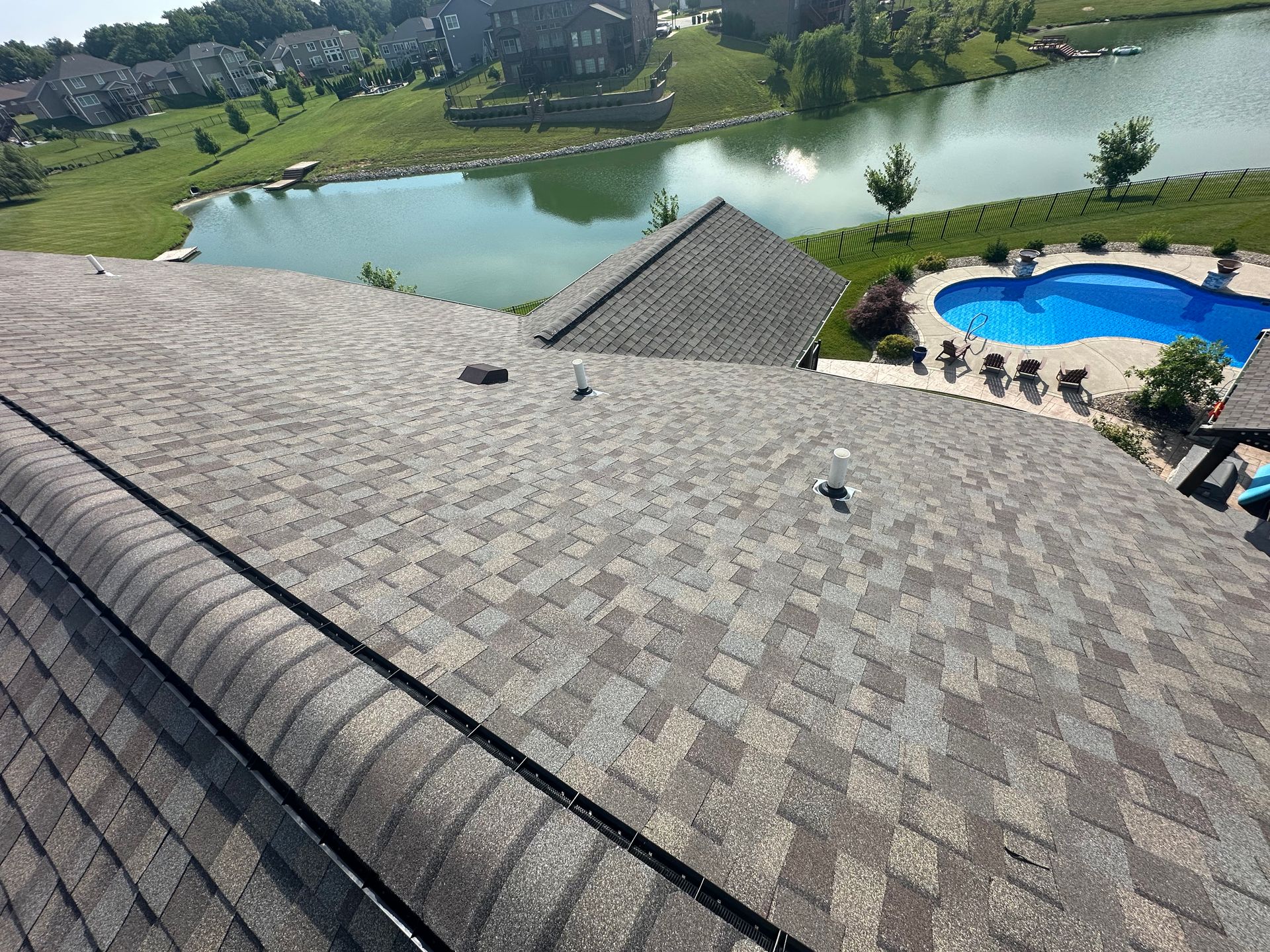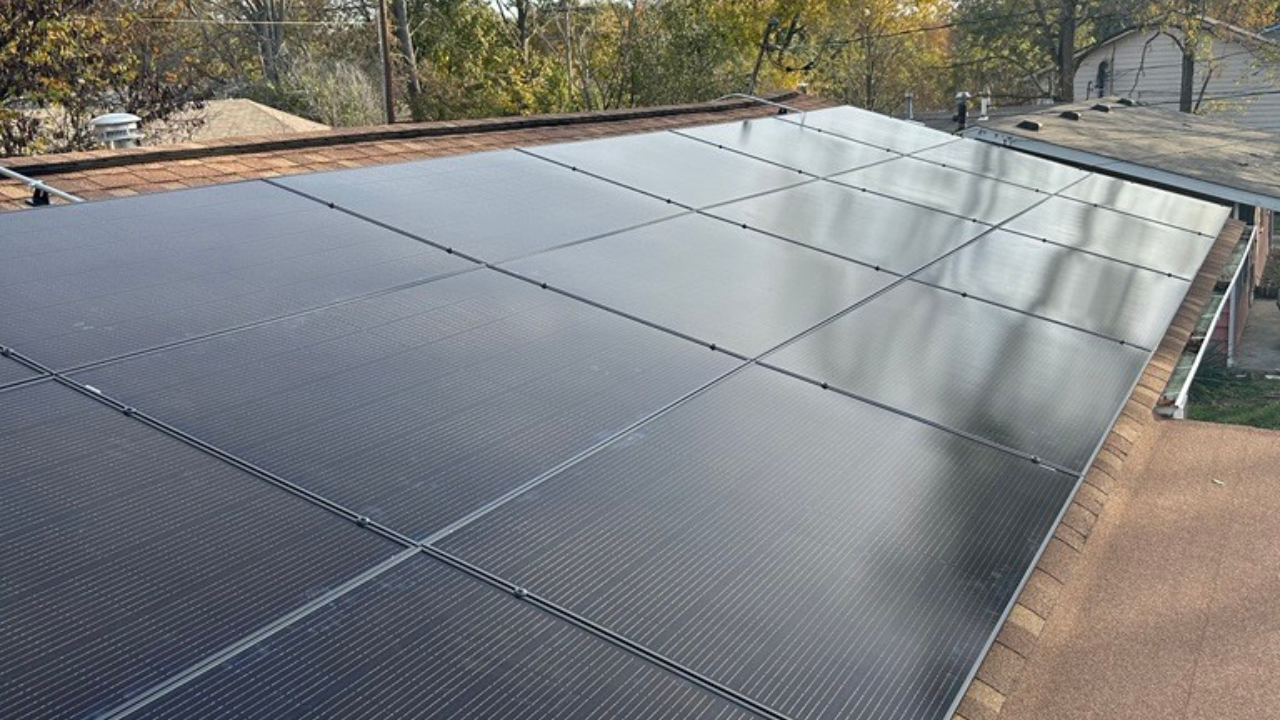Is Your Digital Life Driving Up Your Energy Bill? The Data Center Dilemma in the Midwest
We rely on data centers for everything – from streaming our favorite shows to powering complex AI applications. These digital hubs, essential to our modern lives, are rapidly expanding, especially here in the Midwest. While they bring economic development, there's a growing concern: are data centers driving up electricity costs for everyday ratepayers?
At SunSent Solar, we're dedicated to bringing sustainable and affordable energy solutions to homes and businesses across the Midwest. As experts in solar energy, we believe it's crucial to shed light on this emerging challenge and offer a pathway to a more resilient and cost-effective energy future for everyone.
The Rise of the Data Center in the Heartland
The Midwest, with its relatively affordable land, existing infrastructure, and access to water, has become a hotbed for data center development. States like Illinois, Ohio, and Virginia are seeing a significant influx of these energy-hungry facilities. To put it in perspective, a single large data center can consume as much electricity as hundreds of thousands of homes!
This explosive growth in demand is putting unprecedented strain on our regional power grids. While utilities are working to keep up, the rapid increase in electricity consumption is raising questions about grid stability and, more importantly, who ultimately bears the cost.
How Data Centers Can Impact Your Electric Bill
Recent reports and analyses, including those from organizations monitoring regional grid operations, are increasingly pointing to data center expansion as a primary driver behind rising wholesale electricity prices. Here's how this can affect you, the ratepayer:
- Increased Wholesale Prices: The immense, often sudden, demand from data centers can significantly influence wholesale electricity auctions. When demand spikes, so do prices, and these higher costs are then passed on to consumers by utility companies. We've seen reports of staggering increases in capacity auction prices directly linked to data center growth.
- Infrastructure Strain and Upgrades: To accommodate the massive power needs of data centers, utilities often need to invest heavily in upgrading transmission lines and building new generation capacity. While some states are implementing measures to shift these costs more directly to the data centers themselves, in many cases, a portion of these infrastructure investments can still fall back on the general ratepayer through higher utility rates.
- Confidential Agreements and Cost Shifting: Some utilities enter into special, often confidential, agreements with large data center operators, offering them attractive rates. While this can incentivize data center development, it can also create a scenario where the true cost of serving these facilities is not fully reflected in their bills, potentially leading to other ratepayers subsidizing their energy consumption.
- Reliance on Less Efficient Generation: The immediate need for vast amounts of power can, in the short term, lead to increased reliance on less efficient and more costly power plants, including those that use fossil fuels. This further drives up energy and capacity costs for everyone on the grid.
The Solar Solution: Powering Progress Sustainably
This challenge, while significant, also presents a tremendous opportunity for the Midwest to lead the way in sustainable energy. At SunSent Solar, we believe solar power is not just an alternative; it's a strategic imperative for addressing the energy demands of the digital age without burdening ratepayers.
Here's why solar is the answer for data centers and the Midwest:
- Cost Stabilization and Reduction: By installing solar panels on-site or partnering with local solar farms, data centers can generate a significant portion of their own electricity. This reduces their reliance on the traditional grid, shields them from volatile wholesale price fluctuations, and provides long-term cost predictability. This, in turn, helps alleviate upward pressure on general ratepayer bills.
- Enhanced Energy Independence and Reliability: Solar offers a resilient and decentralized power source. Paired with battery storage, solar energy can provide continuous, reliable power for data centers, reducing their vulnerability to grid outages and ensuring uninterrupted service.
- Reduced Carbon Footprint: The tech industry is increasingly committed to sustainability. Powering data centers with solar significantly reduces their carbon emissions, aligning with corporate environmental goals and contributing to a cleaner energy future for the entire region.
- Local Economic Benefits: Investing in large-scale solar projects to power data centers creates local jobs in installation, maintenance, and manufacturing, fostering a thriving green economy in the Midwest.
- A "Win-Win" for Everyone: When data centers embrace solar, it's a win for them (lower costs, enhanced sustainability), a win for the grid (reduced strain, increased renewable penetration), and most importantly, a win for ratepayers (mitigating bill increases).
SunSent Solar: Your Midwest Partner for a Brighter Future
As the Midwest continues to grow as a data center hub, it's essential that this growth is balanced with responsible energy practices. SunSent Solar is at the forefront of this transition, providing tailored solar solutions for commercial and industrial clients, including data centers.
We understand the unique energy demands of these facilities and are experts in designing and implementing solar systems that offer maximum efficiency, cost savings, and environmental benefits. By partnering with SunSent Solar, data centers in the Midwest can become leaders in sustainable operations, contributing positively to the regional energy landscape and ensuring that our digital lives don't come at the expense of our electric bills.
Let's work together to power the future of the Midwest with the abundant, clean energy of the sun. Contact SunSent Solar today to learn how we can help your business, or your community, embrace the power of solar. Call 636.757.3083.
